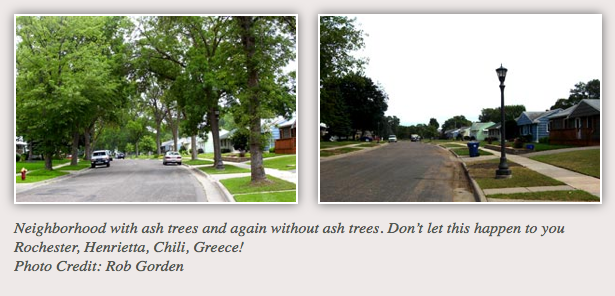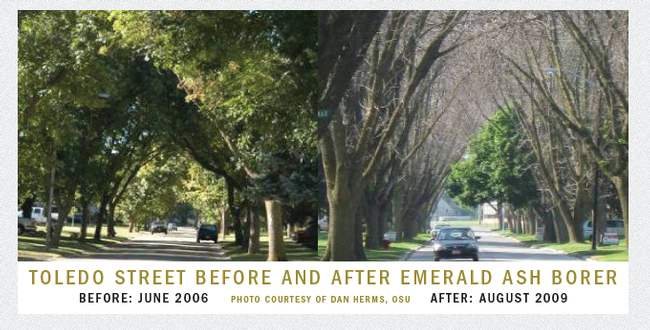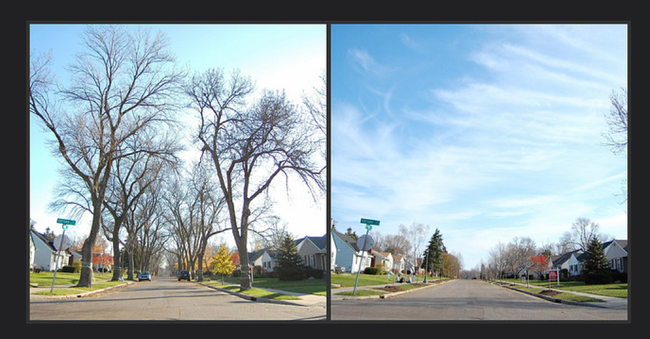I often teach that there is a place for pesticides, especially when there are no effective alternatives. For instance, if you leave the aphids alone on your rose plants, they will eventually disappear due to the abundance of all the associated natural enemies like ladybird beetles. Some damage will occur, but the end result will be enjoyable roses in the landscape or in a vase. However, if you are going to show the rose - that first early season rose is the most brilliant - and not protect it, it will not be showable. Similarly, it is a shame if you own a 100-year old beautiful shade tree in your yard and you let a pest destroy it when you could have prevented it.
There is a concern by many that the systemic neonicotinoid insecticides are harming wildlife and the environment, and many folks are not willing to use them or purchase plants that have been treated with them. That is amazingly unfortunate because of all the benefits of this insecticide class, and much of the expressed concerns are scientifically unfounded.
The best example I can give of a fit or a need for insecticide use is presented in the case of the Emerald Ash Borer (EAB). EAB is a beetle as an adult, but the immature form, called a grub, is responsible for girdling ash trees and killing them within three years depending on the size of the tree and the extent of the infestation. EAB has been blamed for killing tens of millions of trees in about 22 states, and it is said, that the destruction of the ash in our forests and urban landscapes could rival the loss of elms due to the Dutch elm disease. That's significant. The benefits of ash trees in the landscape is clear, so the loss of all or nearly all of the landscape ash would be devastating, in my opinion.
There are those, however, that would not protect the trees with neonicotinoid insecticides at any cost. Unfortunately, there are grand examples of communities that refuse to protect their trees with systemic neonicotinoid insecticides, and I recommend that you take a look at the before and after pictures attached and check out the links to more information below. You will see that there is a place for insecticide use in this instance. Some may say that we can replace the landscape trees with alternatives that won't be affected. That's true, but it won't save our forests, and it will leave infected trees in our urban landscapes that will act as a reservoir for the beetle.
Attached Images:


